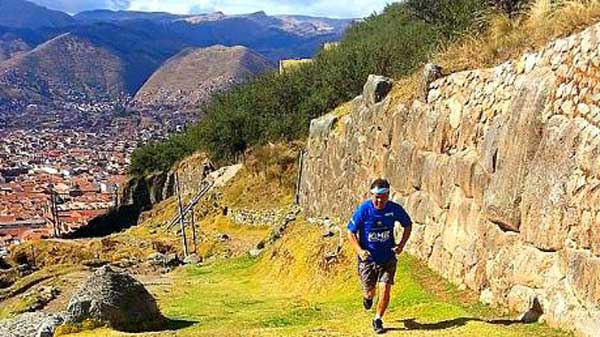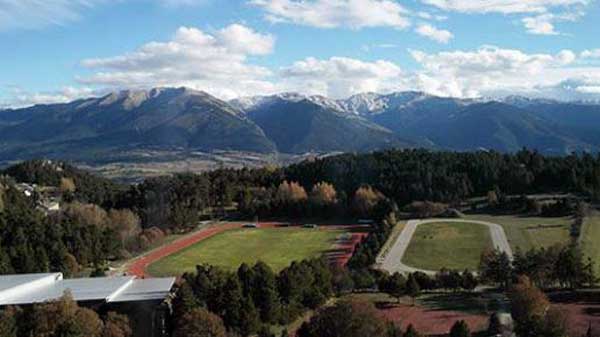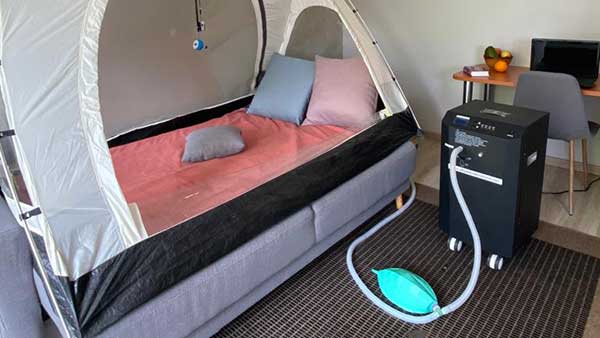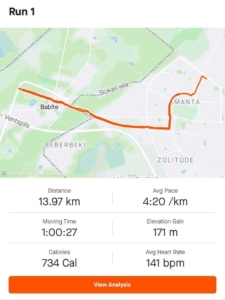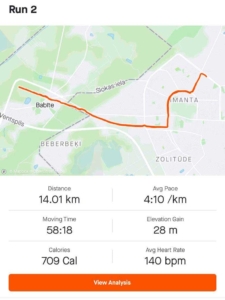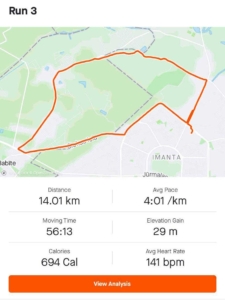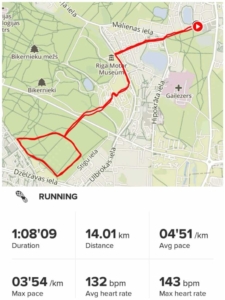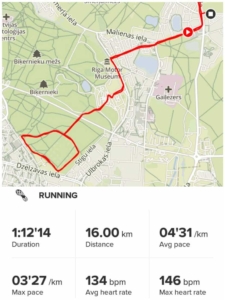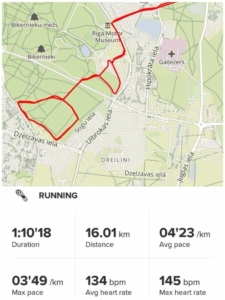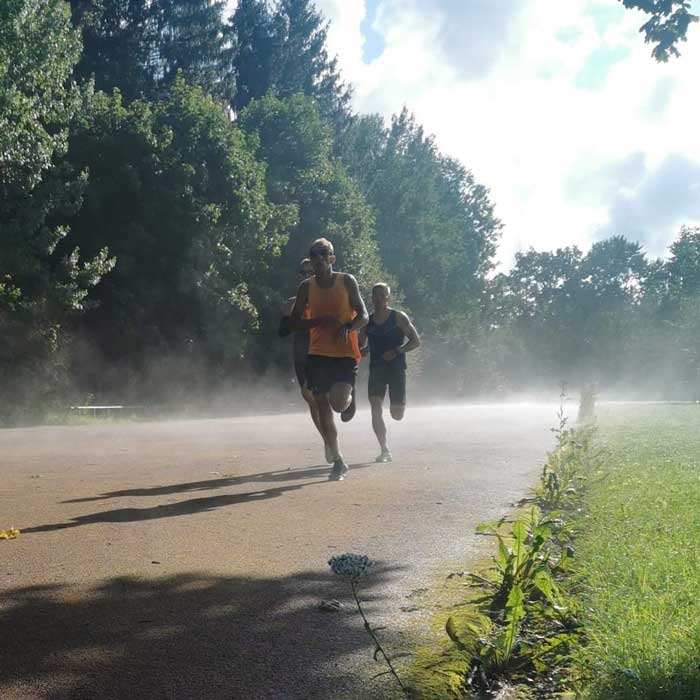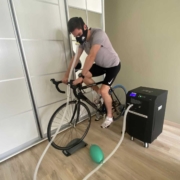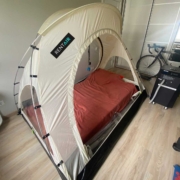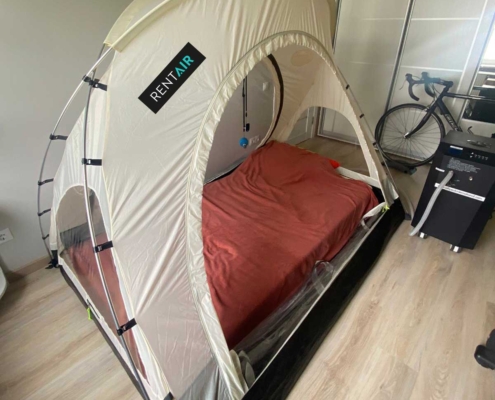FACTS AND SCIENCE
Not too long ago, approximately 20 years ago, nobody was aware of the benefits from training after living in high altitude, so this is quite a new development in sports science. To reach results you do not have to physically be at high altitude anymore because there is a way to recreate these conditions in your home.
Athletes often have training camps in high altitude to benefit from low-oxygen conditions but there is another option – “live high – train low”, where the athlete sleeps in an altitude tent but lives and trains at low altitudes or at sea level. That means you don’t have to wait weeks or even months to see and feel the gains. The risk of negative effects on your body are minimized because if you constantly live and train in high altitude you have to be careful with the training intensity and you cannot train as hard as you would at sea level, because the intensity puts too much strain on the muscles and there is a risk of damaging your immune system. If the training intensity is too high in high altitude you risk getting fatigued and you may possibly experience increased dehydration and muscle weakness.
High altitude is any altitude above 2400m above sea level. The air pressure is decreased at this altitude which means less oxygen is available. If you train and compete diligently, your muscles burn oxygen faster and therefore demand more oxygen to keep up the intensity.
Athletes use this method to improve their performance. To get the maximum effect you have to spend at least 3-5 weeks at high altitude, during this time the number of red blood cells substantially increases. After returning to sea level for 2-3 weeks your body keeps the red blood cell count high which means you get more oxygen with less effort. Therefore, your muscles can work longer and more. Muscles hurt less after exercise and your body’s recovery time is decreased.
High-altitude system
The high-altitude system stimulates natural conditions when at altitude the atmospheric pressure decreases and the air gets “thinner”. The system accomplishes the same results by pumping filtered air to decrease the oxygen concentration in the room.
The time spent at high altitude benefits athletes because slightly decreased oxygen pressure stimulates physiological adaptations that can improve endurance.
Sleeping/spending 10-12h a day in the high-altitude tent provides enough effect to stimulate production of new red blood cells and at the same time allows you to train effectively at sea level without bringing any risk to your organism because of overtraining and causing damage because of insufficient oxygen delivery to your muscles during training.
Increasing the mass of haemoglobin can help blood transfer and deliver oxygen to muscles, increasing the maximum oxygen consumption (VO2max) and improving endurance.
When reacting to high altitude the kidneys release a hormone – EPO to stimulate production of new red blood cells. If this substance is produced naturally it is not banned in sports.
Using a pulse oximeter will allow you to measure oxygen saturation in your blood, allowing you to monitor its levels.
Most often, because of physiological changes, and because of being able to deliver more oxygen, this system and effect is used by endurance athletes, but you do not have to be an elite athlete to benefit from high altitude training, this system can be beneficial to anyone who does intensive training.

